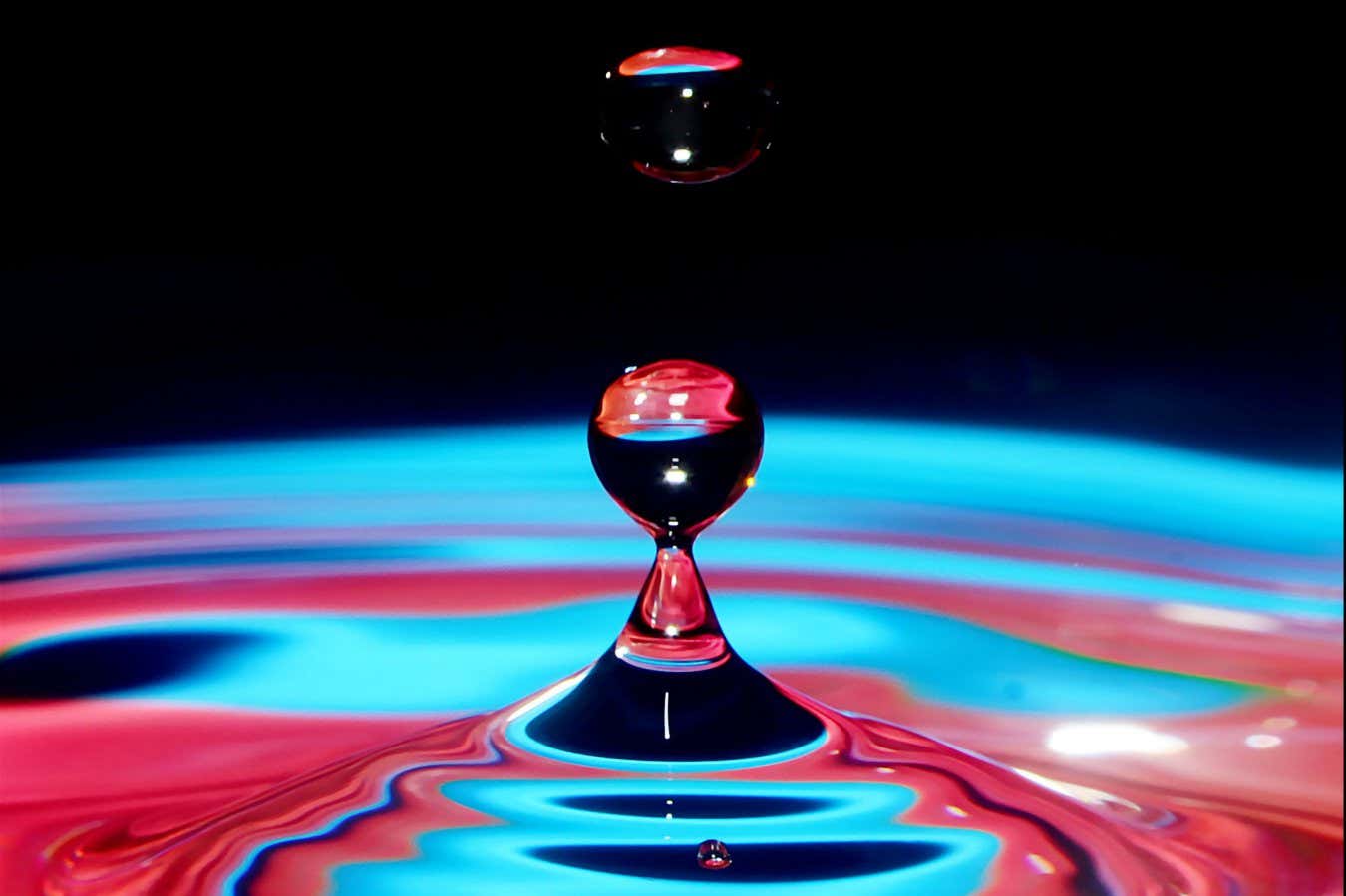We may be starting to get a grasp on what kick-started life on Earth – and it could help us search for it on other planets
By Chris Simms
14 March 2025
Sparks between water droplets may have started life as we know it
Shutterstock/Perry Correll
The first molecules necessary for life on Earth could have been created when tiny flickers of “microlightning” between drops of water sparked the necessary chemical reactions.
“This is a new way to think about how the building blocks of life were formed,” says Richard Zare at Stanford University in California.
Read more
A whole new world of tiny beings challenges fundamental ideas of life
Advertisement
There has been an enduring hole in our knowledge about the origin of life, specifically how simple gases reacted to create organic molecules with carbon and nitrogen bonded together, such as proteins and enzymes, which life as we know it relies on.
“If you look at the gases that people thought were around on early Earth, they don’t contain carbon-nitrogen bonds,” says Zare. “They are gases like methane, water, ammonia and nitrogen.”
Experiments by Stanley Miller and Harold Urey in 1952 revealed that electricity could turn water and such gases into the necessary organic molecules, but their hypothesis was that the electrical energy came from lightning.
